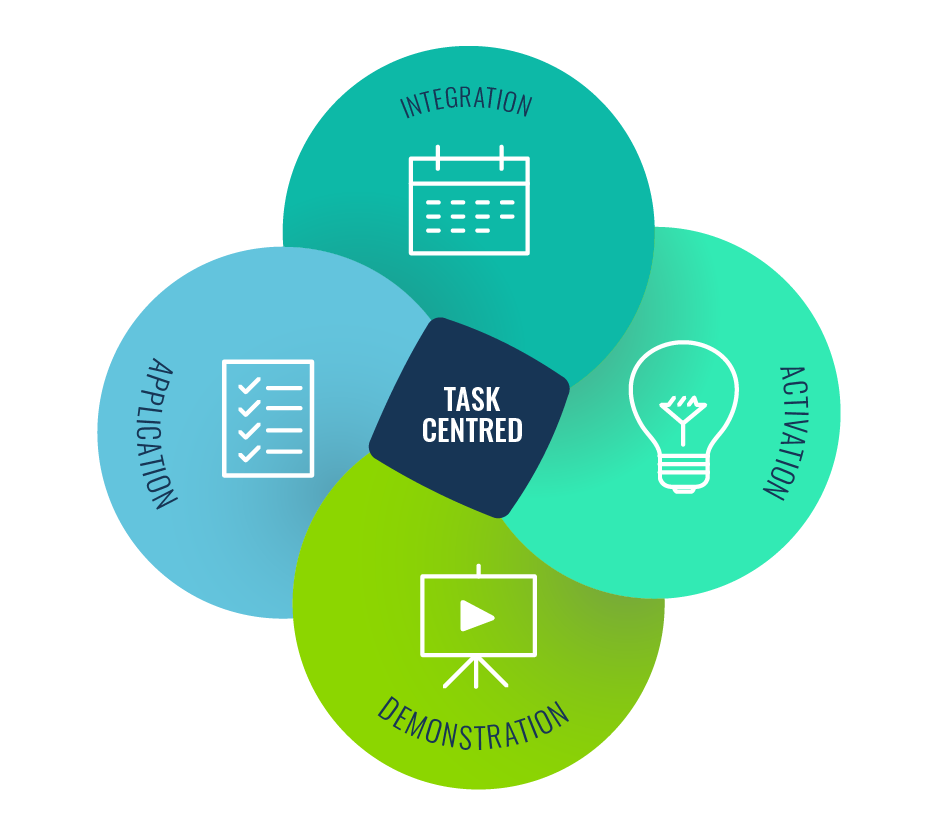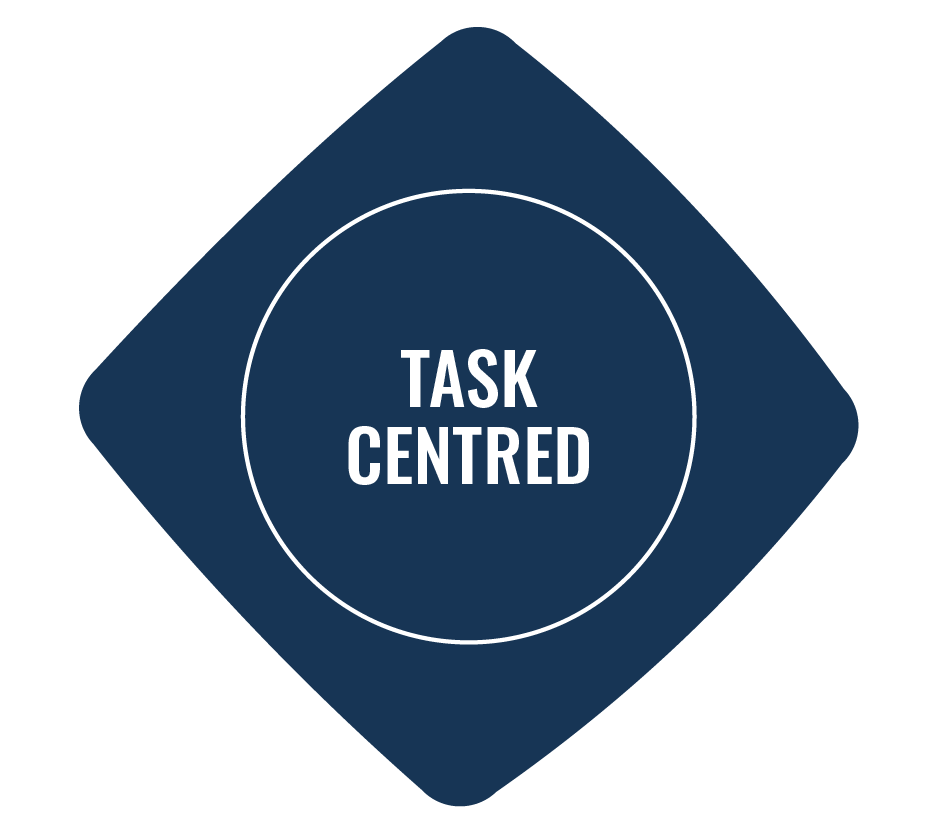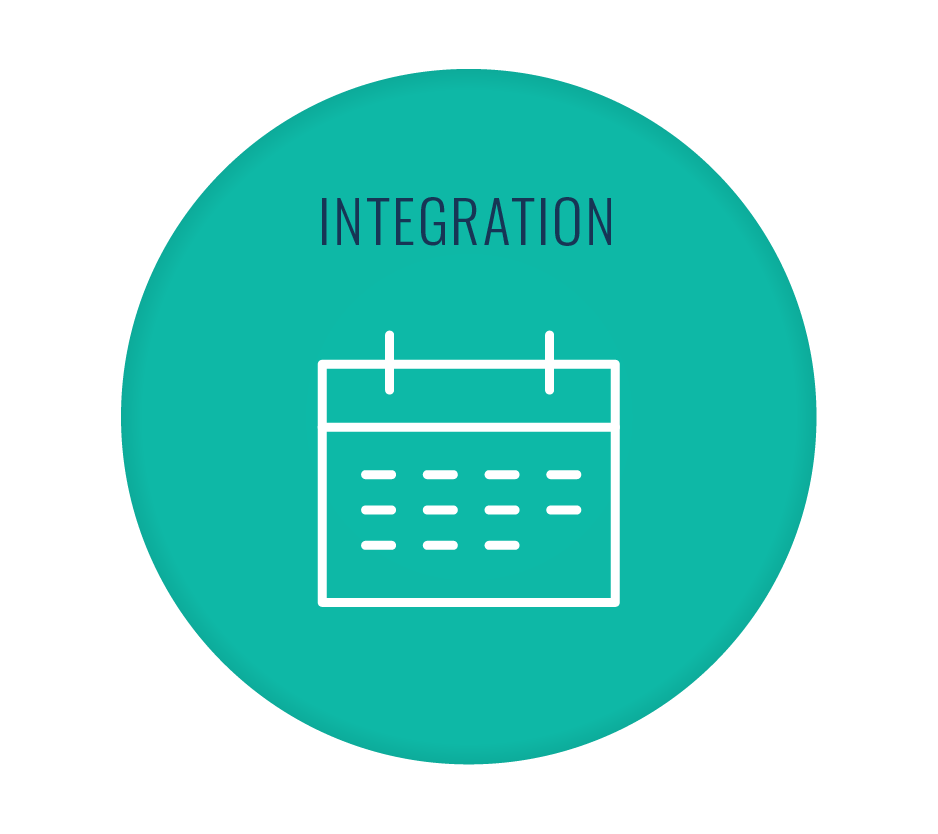
Have you ever sat through a training session wondering when you’d ever use that information in the real world? All too often, there’s a gaping chasm between what we learn and what we actually apply. Merrill’s First Principles of Instruction aim to change that.
This educational framework focuses on equipping learners with the skills they need to solve actual problems, not just memorise facts. This is a learning theory that walks the walk, not just talks the talk!
Indeed, according to David Merrill, these principles are his attempt to answer one compelling question: “What makes instruction effective, efficient, and engaging?”
Answering that question would be a game-changer. It’d be like unearthing instructional design’s Holy Grail. Before long, you’d be changing learner behaviour, boosting performance and impacting your business.
In this article, we’ll be exploring Merrill’s First Principles of Instruction in depth, establishing their benefits, limitations and how you can apply them to your learning programmes. It’s time to unleash the power of problem-solving!
What Are Merrill’s First Principles of Instruction?

All too often, our learning experiences feel disconnected from real-world applications. Merrill’s First Principles of Instruction offer a refreshing alternative. This framework was developed by instructional designer David Merrill in the early 2000s.
Seeking to synthesise the best aspects of various learning theories, Merrill developed a framework that captured their most essential elements.
As a result, he was able to identify five core principles or guidelines for creating effective and engaging learning experiences.
Merrill notes that the underlying message of these principles is that ‘Information alone is not instruction.’ Instead, his approach prioritises real-world problem-solving. Let’s dive deeper and explore each of these five key principles.
1. Task-Centred

The first of Merrill’s First Principles suggests that learning should be centred around solving real-world problems or completing tasks. Instead of abstract concepts, instruction should focus on practical applications that actively resonate with learners.
As a result, the information presented will be more relevant and meaningful. Learners will see the ‘why’ behind the knowledge and how it can be used in their everyday lives. This provides encouragement, boosts motivation and helps to facilitate skill transfer.
2. Activation

The second principle highlights the importance of activating prior knowledge before introducing new information. This act of recall helps learners to build on their initial understanding and provides a framework for organising new knowledge.
You can’t build a house without a sturdy foundation. Likewise, effective learning requires a strong base of prior knowledge. Activation plays this crucial role. It’s the ‘primer’ that prepares us to receive and retain new information.
3. Demonstration

Merrill’s third principle focuses on the importance of clear demonstrations. This typically involves examples, visuals, or simulations that show learners what they need to do. In turn, this helps learners to understand the techniques and concepts they need to master.
In other words, Merrill is an advocate for showing, not just telling. Imagine trying to change a flat tire by deciphering a complex car manual. Now, compare that to following a clear step-by-step video guide. Which would you prefer?
4. Application

The fourth principle emphasises the need for learners to actively apply what they’ve learned through practice and exercises. It’s not enough just to see a demonstration, you also need to get ‘hands-on’ and experience the process or concept for yourself.
By moving from knowing the ‘what’ to mastering the ‘how’, learners will start to solidify their grasp of the subject matter. In turn, this will help them to identify their strengths, weaknesses and areas needing improvement.
5. Integration

Merrill’s final principle seeks to connect learners’ new knowledge to their existing knowledge base, other contexts, and future situations. This typically involves reflecting on previous experiences and forging connections between different concepts.
This helps learners to see the bigger picture and how all the pieces fit together. It also enables learners to readily access and utilise what they’ve learned in different situations, not just the one in which it was originally presented.
The Role of Motivation in Merrill’s First Principles
Merrill’s First Principles are particularly compelling because they transform the role of motivation in learning.
Traditionally, motivation has been seen as a prerequisite for learning. It’s a trigger that spurs action. As a result, teachers and instructors often have to resort to using extrinsic motivators (such as rewards or grading systems) to encourage engagement.
Merrill’s framework challenges this notion. It suggests that by focusing on task-centred learning, learning processes become intrinsically motivating. After all, it’s easier for learners to see the value and the impact it could have on their lives.
As Merrill puts it, ‘Motivation is an outcome, not a cause.’ To illustrate this, imagine a student grappling with abstract maths formulas in a traditional lecture. Now contrast this with a project-based learning environment where the student has to use these formulas to create a budget for their mock business.
Which approach do you think would be more motivating?
The Benefits of Merrill’s First Principles
Merrill’s First Principles unlock a wealth of benefits by drawing on established learning theory and prioritising task-centred, problem-solving instruction. Here’s a closer look at some of the advantages:
- Increased Engagement: As we’ve seen, Merrill’s principles shift the focus away from pre-existing motivation towards creating intrinsically engaging experiences. Indeed, by focusing on practical application, these experiences become inherently more valuable, which increases engagement and participation.
- Deeper Understanding: Getting ‘hands-on’ means learners are actively using their knowledge to solve problems. They’re not just memorising information, they’re applying it and reaching the upper levels of Bloom’s Taxonomy. This naturally leads to a deeper understanding of the concepts involved.
- Effective Instruction: Merrill’s principles provide a framework for designing learning experiences that are clear, focused and effective. As we’ll explore later, these principles serve as the foundation for an instructional design model centred around problem-solving (the Pebble-in-the-Pond model).
- Improved Flexibility: Whilst Merrill offers five distinct principles, they are intentionally flexible, rather than prescriptive. This means they can easily adapt to different learning contexts and subject areas, offering both teachers and instructors the support they need.
In other words, in creating these principles, Merrill has succeeded in his mission to make instruction more ‘effective, efficient and engaging’. Better still, scientific research backs him up. In the next section, we’ll be examining what studies tell us about Merrill’s principles.
Research Into Merrill’s First Principles

As we’ve seen Merrill’s First Principles of Instruction draw on established learning theories like constructivism and problem-based learning. These theories already have a strong research base demonstrating their effectiveness.
However, for our purposes, we’ll be examining studies that specifically focus on the impact of Merrill’s First Principles. Let’s dig into the research:
- This 2002 study compared a control group to learners who received instruction designed using Merrill’s First Principles. The study found that students in the First Principles group demonstrated significantly greater learning outcomes. They also completed their learning tasks substantially quicker.
- This 2007 study found that students were 9x more likely to report subject matter mastery when the First Principles of Instruction were applied to their learning experiences. That’s an impressive level of impact.
- This 2011 study revealed that applying the First Principles of Instruction led to a ‘significant’ improvement in student confidence.
- This 2016 study discovered that Merrill’s First Principles increased the creativity of the experimental group by a ‘meaningful’ amount.
- This more recent 2022 study found that applying Merrill’s First Principles to MOOCs (Massively Open Online Courses) led to an improvement in both learning outcomes and learner satisfaction.
The Limitations of Merrill’s First Principles
We’ve seen that Merrill’s First Principles offer a valuable framework for instructional design and that they can have a meaningful impact on learner performance. However, there are some limitations that you should consider.
- Limited Specificity: Whilst the model is built on solid foundations, the principles it equips instructional designers with are quite broad. As a result, learning professionals may need additional guidance or support in order to translate them into specific instructional activities.
- Instructor Expertise: Likewise, effectively applying the First Principles may be a challenge for some educators. After all, we’re not all experts in task-oriented learning. Creating problem-focused instruction may not come naturally. This creates a new set of training needs for our instructors.
- Time Constraints: Developing a problem-centred learning experience doesn’t just require expertise — it’s also time-consuming. Educators with busy schedules (and isn’t that every educator?) may struggle to dedicate the time necessary for in-depth problem design, activity creation and potential revisions.
- Motivation Challenges: Merrill’s theory suggests that learners will find task-oriented learning inherently engaging. But this may not be the case for all learners. Whilst the idea of learning styles is questionable, it’s fair to say that learners have their preferences. Indeed, some may prefer to read up on the subject first, before getting hands on.
Applying Merrill’s First Principles
Equipped with a grasp of Merrill’s First Principles, their advantages, and their limitations, a crucial question emerges: how do we apply them within a structured workplace learning programme? Here are some ideas to get you started:
- Get Real: It’s time to leave abstract ideas and concepts behind. Instead, focus on identifying relevant problems or tasks that your learners encounter within their work environment. If necessary, consider surveying your audience to check the relevancy of your learning materials.
- Focus Down: Once you’ve established the main challenges your learners face, break them down into smaller, more manageable problems. Set a clear learning objective for each stage. This microlearning approach helps to make each learning experience easier to digest.
- Awesome Application: It’s not enough to simply deliver information. Next up, you’ll need to design activities that allow learners to apply their existing knowledge and skills in order to solve the problems they’re facing. Provide support and guidance as necessary throughout this process.
- Dynamic Demonstrations: Incorporate demonstrations at each key stage of the learning journey to help guide your learners. This could involve providing practical examples, case studies or simulations. Ensure these demonstrations are tailored to help learners solve a specific problem.
- Intelligent Integration: As learners make progress, ensure they have opportunities to reflect on what they’ve learned. Where possible, forge a clear connection between new information and existing knowledge. This reflection process will help them to solidify their learning and develop metacognitive skills.
You might also consider using a learning management system or learning app to help enhance the problem-solving experience. Game mechanics and opportunities for collaboration can also be used to increase learner engagement.
Still have questions about the practical application of Merrill’s First Principles? You’re in luck. Merrill himself created an instructional design model that translates these principles into a step-by-step framework. We’ll explore this next.
The Pebble-in-the-Pond Model

Having established his First Principles of Instruction, David Merrill sought to translate this problem-centred approach into a practical instructional design model.
Like many others, he found existing models (such as ADDIE) to be overly linear and lacking in flexibility.
He also wanted to prioritise demonstrating learner performance over abstract goals. With this in mind, he created the Pebble-in-the-Pond model, which focuses on the design phase of the instructional development process (the first ‘D’ in ‘ADDIE’).
Here’s how it breaks down:
- Identify a problem: Establish a real-world task or challenge that learners need to solve.
- Design a progression of problems: Based on this, create a series of increasingly complex problems that build towards a final task.
- Design instruction for component skills: Develop learning activities that teach the specific skills needed to solve the problems.
- Design instructional strategy enhancements: Enhance instruction using strategies like demonstrations and opportunities for practice.
- Finalise the instructional design: Review the learning experience and ensure it functions as a cohesive whole.
- Design evaluation: Develop assessments that measure learner performance and the effectiveness of your instructional approach.
As you can see, the Pebble-in-the-Pond Model is the perfect showcase of Merrill’s First Principles in action. By centering the learning experience on a core problem, the model ensures that all learning assets and strategies directly contribute towards solving that problem.
Final Words
There we have it! By emphasising real-world problems, active application, and learner-centred instruction, David Merrill landed upon a clear framework for designing engaging, efficient and effective learning experiences. For that, David, we salute you!
These principles are designed to arm learners with the knowledge, skills, and problem-solving abilities they need to thrive in today’s dynamic world. Thankfully, they also come with their own in-built motivational power.
Traditional lecture halls and dusty manuals might feel comfortable and familiar, but task-oriented learning offers a dynamic alternative with undeniable benefits. Indeed, the chance to engage learners in real-world problem-solving is an investment that pays off in deeper understanding and transferable skills.
Why not see where Merrill’s First Principles take you?
Thank you for reading. Merrill’s First Principles are just one of many learning theories. Get the full breakdown for yourself, in our bumper new guidebook, ‘The Learning Theories & Models You Have to Know’. Download it now!









